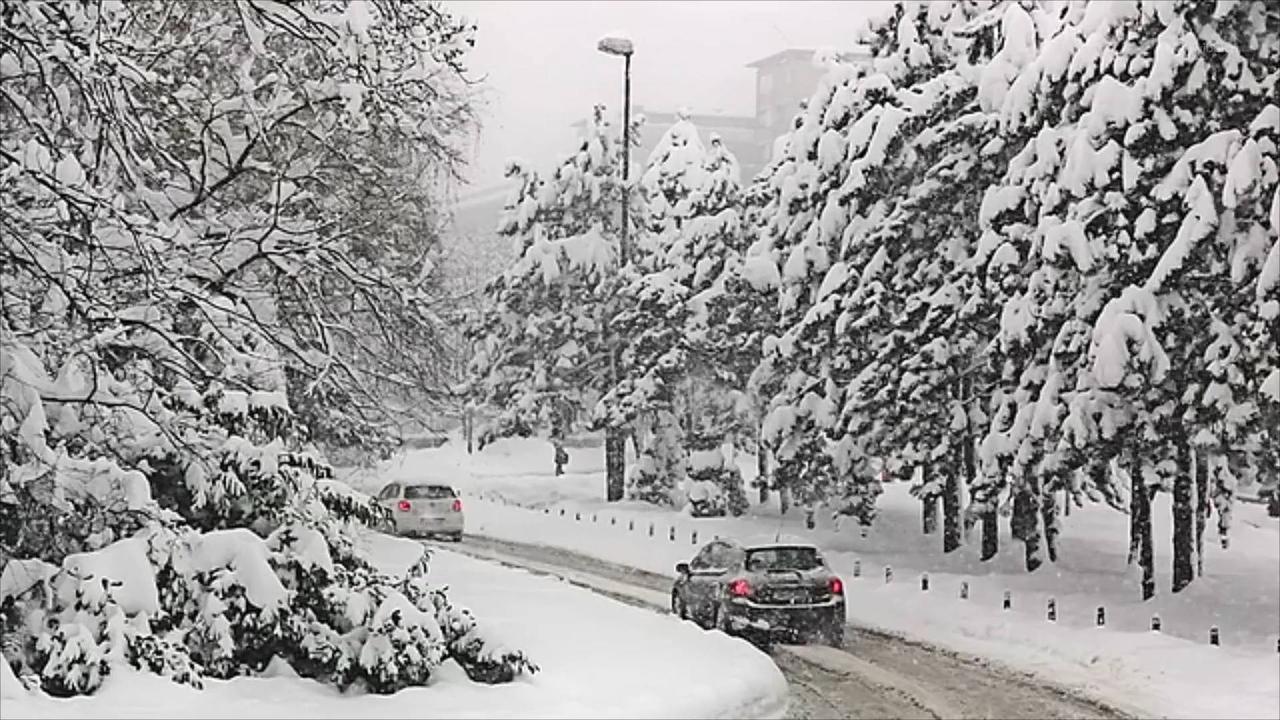
Here’s What an Impending El Niño Winter , Could Mean for the US.
The phenomenon known as El Niño began in June, CNN reports.
It is forecast to be strong this coming winter and endure into next spring, NOAA's Climate Prediction Center says.
The jet stream usually shifts south amid an El Niño winter.
This typically results in the South experiencing wetter and cooler weather, while the North encounters drier and warmer conditions, NOAA says.
This typically results in the South experiencing wetter and cooler weather, while the North encounters drier and warmer conditions, NOAA says.
The South can also become more susceptible to "freezing rain, sleet and snow," CNN reports.
If typical trends arise, this would be unfortunate for the Midwest, which is dealing with drought, .
And for the Pacific Northwest, which relies on snowpack as a water source.
El Niño winter patterns aren't as predictable in areas such as California, the Southwest and the Northeast.
El Niño's strength will determine precipitation conditions.
For example, the 2018-2019 season experienced a weak El Niño which produced America's wettest winter on record with above-average temperatures.
But during the 2015-2016 season, a strong El Niño contributed to the U.S.'
Warmest winter on record, NOAA reports.
However, there were still massive snowstorms, including an East Coast blizzard that resulted in fatalities and halted travel







